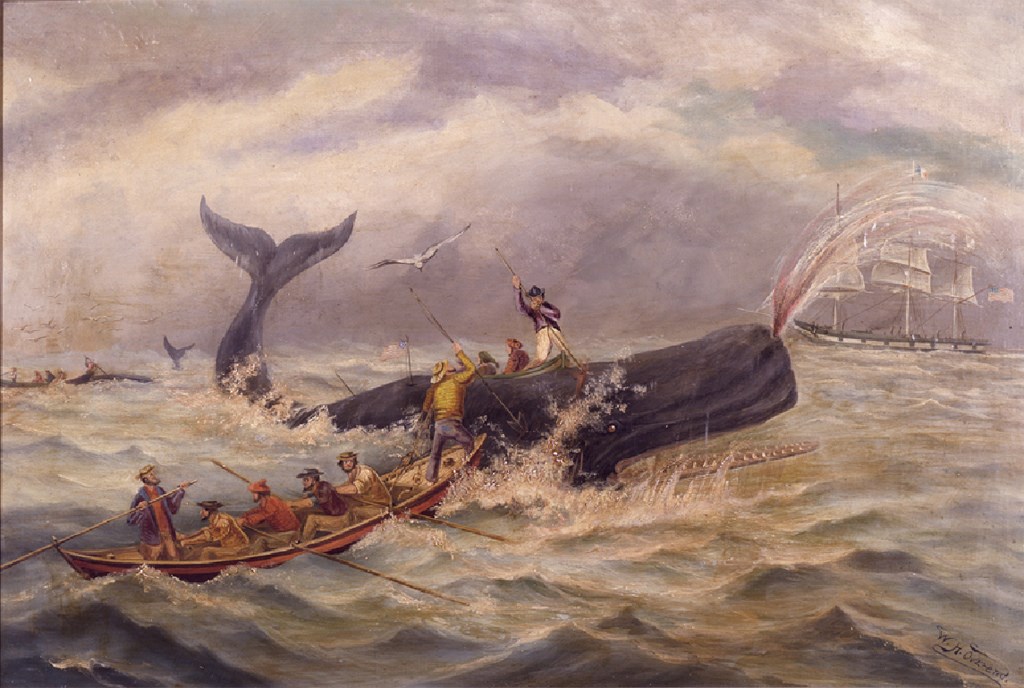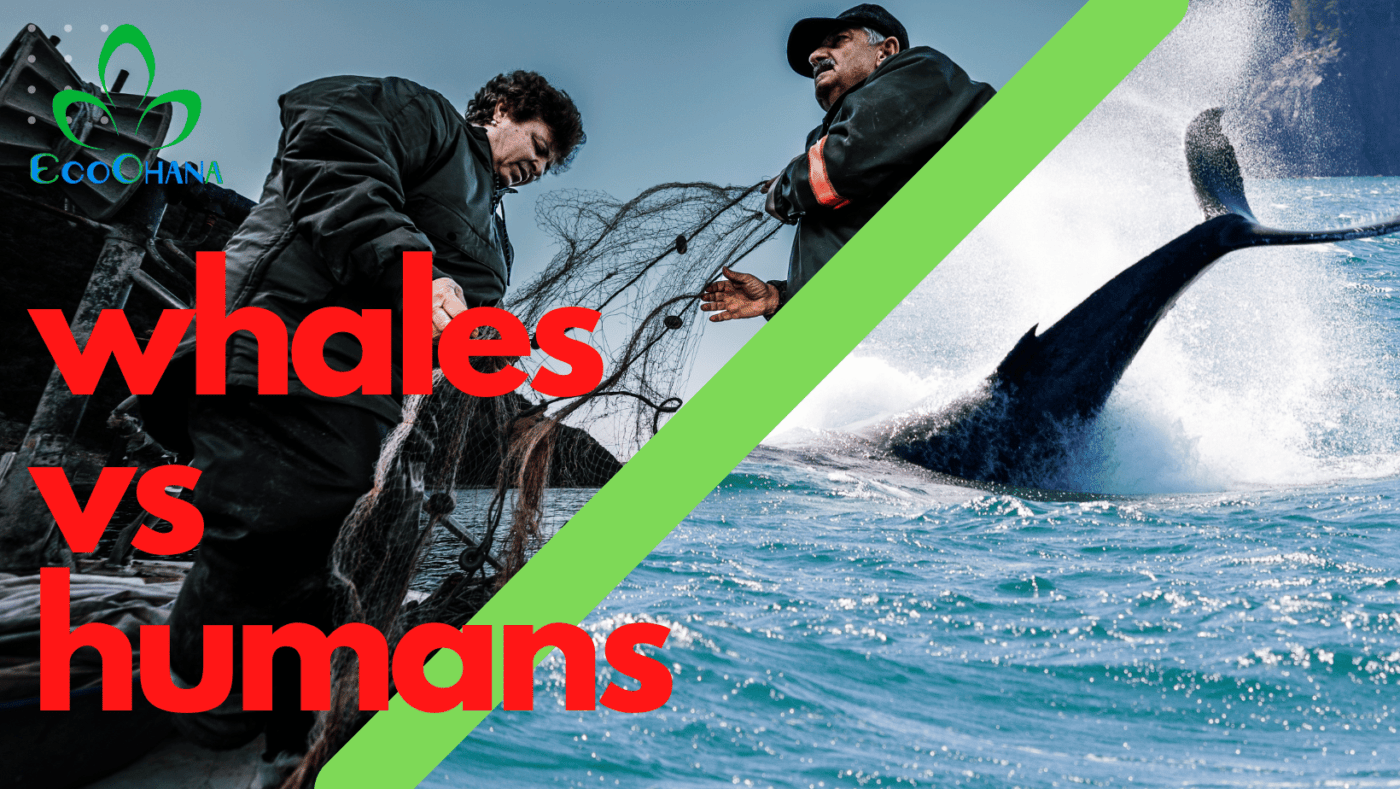Uncategorized
Exploring the Complex Relationship Between Whales and Humans
Introduction:
Whales are undoubtedly one of the most fascinating creatures in the world. These magnificent mammals have captivated humans for centuries, inspiring awe and wonder in cultures around the world. However, our relationship with these gentle giants has not always been positive. Throughout history, humans have hunted and exploited whales population, leading to sharp drop in their numbers. These amazing animals are being protected and conserved today, but the journey has been long and complicated. In this article, we will be exploring the relationship between whales and humans throughout history.
The Early History of Whaling:
The history of whaling dates back to at least the 8th century, with evidence of early whaling communities in the North Atlantic. These communities hunted whales for food, fuel, and other resources, such as whalebone and blubber. Over time, the demand for whale products grew, leading to the expansion of whaling operations around the world. By the 19th century, industrial-scale whaling was taking place, with hundreds of ships setting out each year to hunt whales in the world’s oceans.

Harpooning a whale. Image courtesy: New Bedford Whaling Museum
The Impact of Whaling on Whale Populations:
The impact of whaling on whale populations was catastrophic. By the mid-20th century, many whale species had been driven to the brink of extinction. In response, the International Whaling Commission (IWC) was established in 1946 to regulate the hunting of whales and conserve their populations. In 1982, the IWC imposed a moratorium (temporary prohibition) on commercial whaling, which remains in place to this day. Iceland, Norway, and Japan continue to participate in commercial whaling. Each year, over a thousand whales are killed so that their meat and other body parts may be sold for profit. Their cartilage, fat, and oil are used to make medicines and dietary supplements.


A gray whale is beached on the Californian coastline Image: REUTERS/Stephen Lam
Conservation Efforts:
In recent decades, conservation efforts have been underway to protect and conserve whale populations. These efforts have included the creation of whale sanctuaries, the implementation of stricter regulations on whaling, and increased public awareness about the importance of protecting these magnificent animals. Today, many whale species are considered to be on the road to recovery, but there is still much work to be done.
The Cultural Significance of Whales:
In many cultures, whales have held a special place in the hearts and minds of people. From ancient lore to modern-day storytelling, whales have been depicted as powerful and mystical creatures, inspiring awe and reverence in those who encounter them. In some cultures, whales have even been considered sacred, with rituals and ceremonies dedicated to their worship.
Frequently Asked Questions:
What was the impact of whaling on whale populations?
The impact of whaling on whale populations was catastrophic, leading to declines in many species and bringing some to the brink of extinction.
Are whale populations recovering today?
Many whale species are considered to be on the road to recovery, but there is still much work to be done to protect and conserve these magnificent animals.
How many North Atlantic whales are left?
North Atlantic whales are one of the most endangered species of large whales in the world; the latest preliminary estimates indicate that there are fewer than 350 left.
Conclusion:
The relationship between whales and humans has been marked by both reverence and exploitation. From the early history of whaling to modern-day conservation efforts, our interactions with these magnificent creatures have had a profound impact on their populations and our own cultural heritage. Today, we are working to protect and conserve whale populations for future generations to enjoy. The future of the relationship between whales and humans will depend on our collective efforts to conserve these magnificent creatures and their habitats. We have a responsibility to ensure that the legacy of Exploring the Relationship Between Whales and Humans Throughout History

